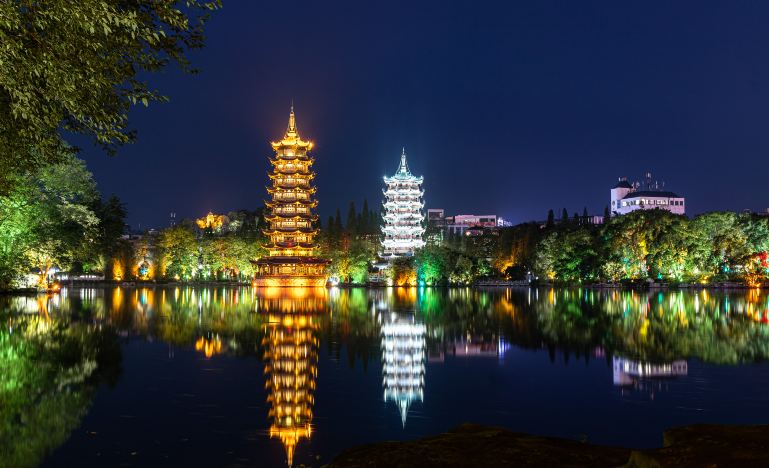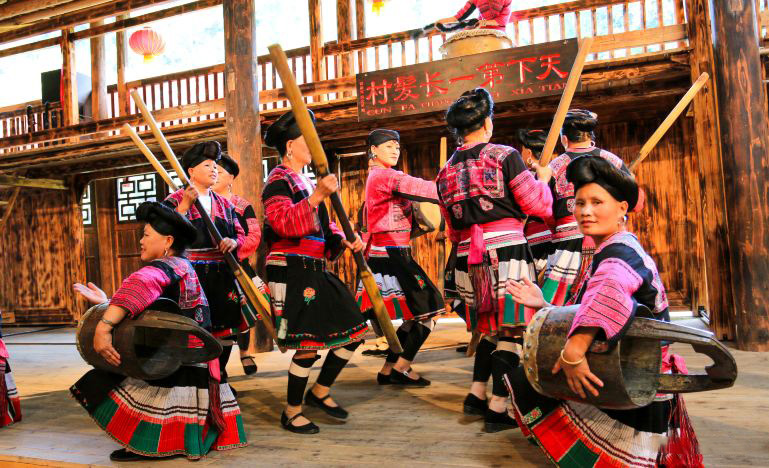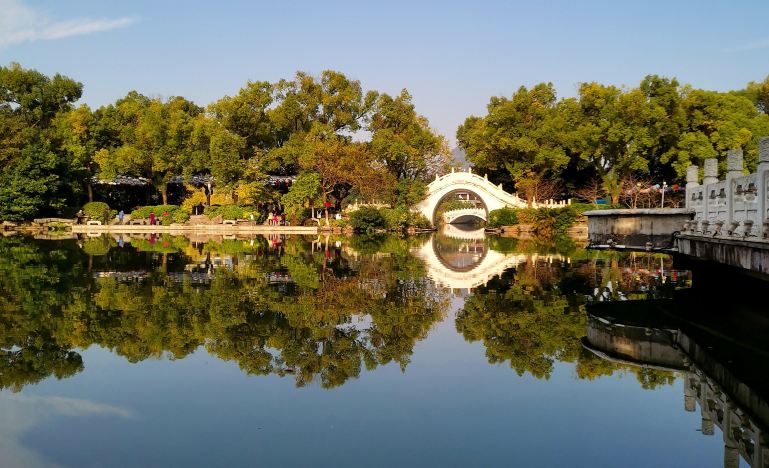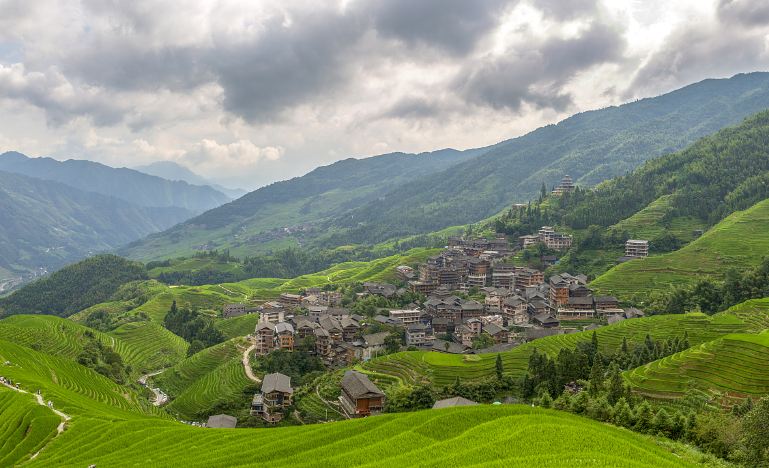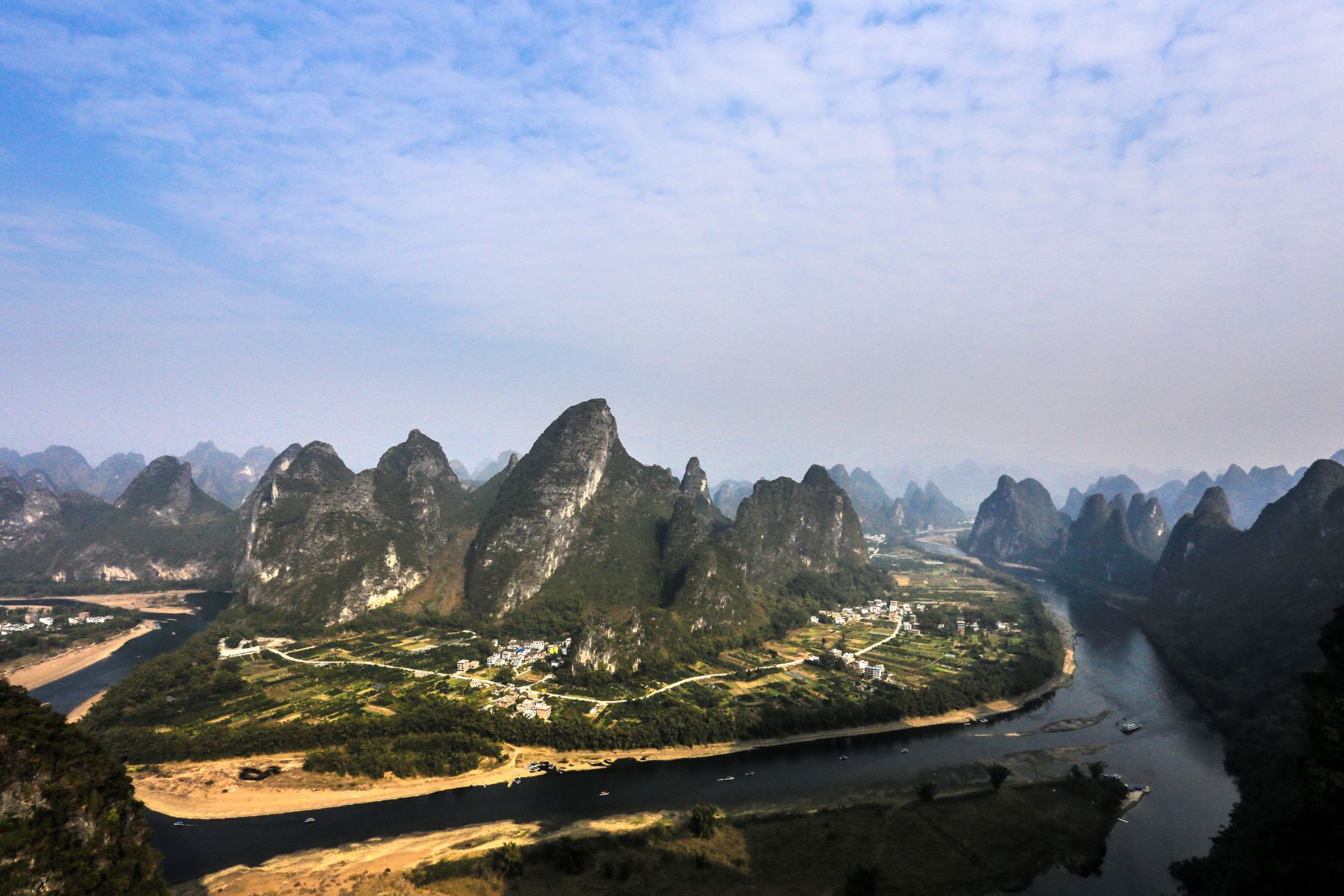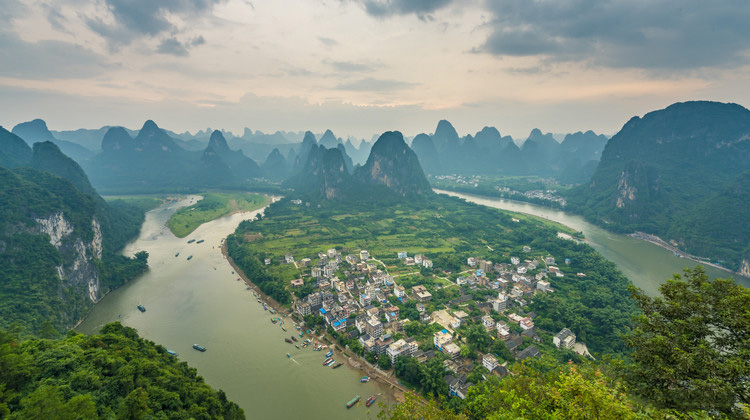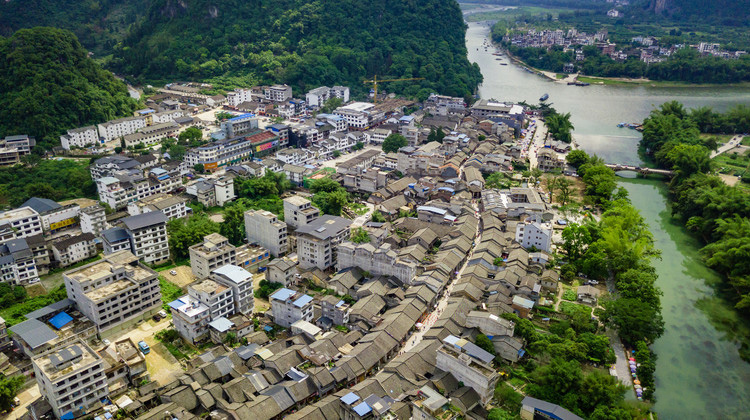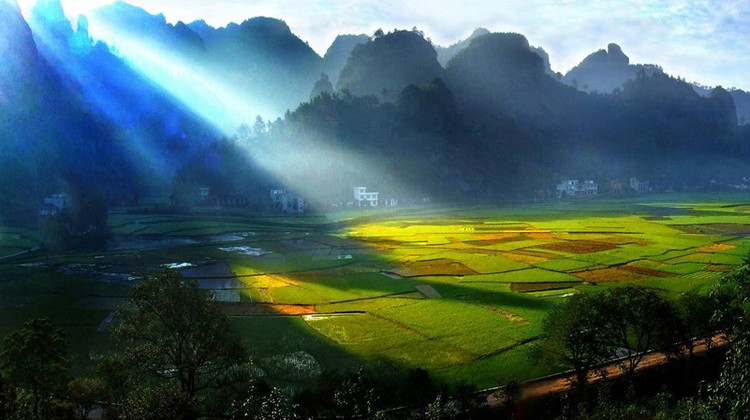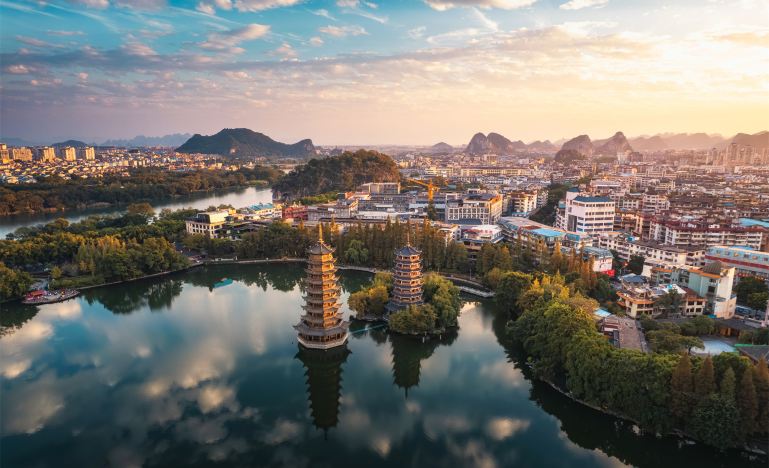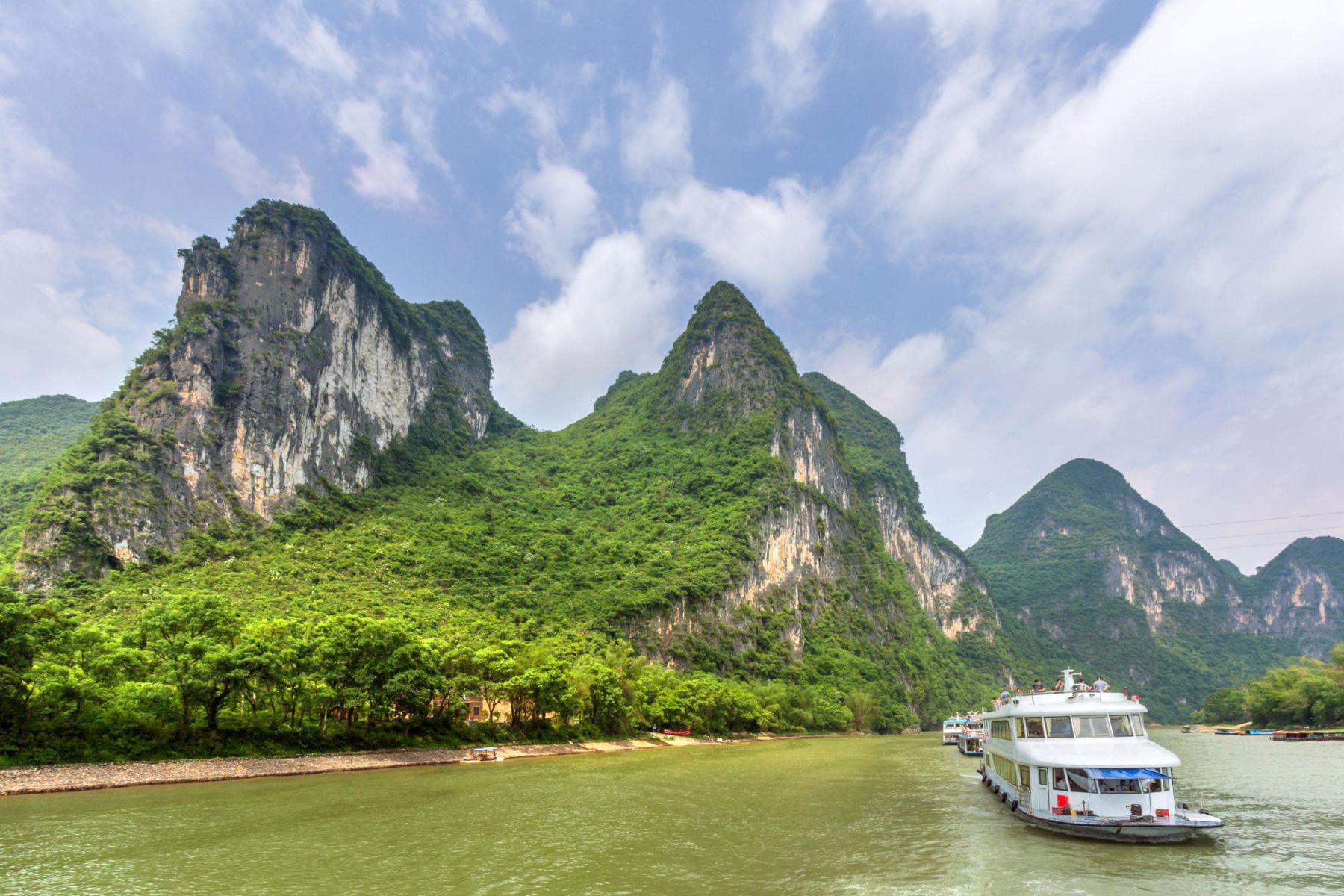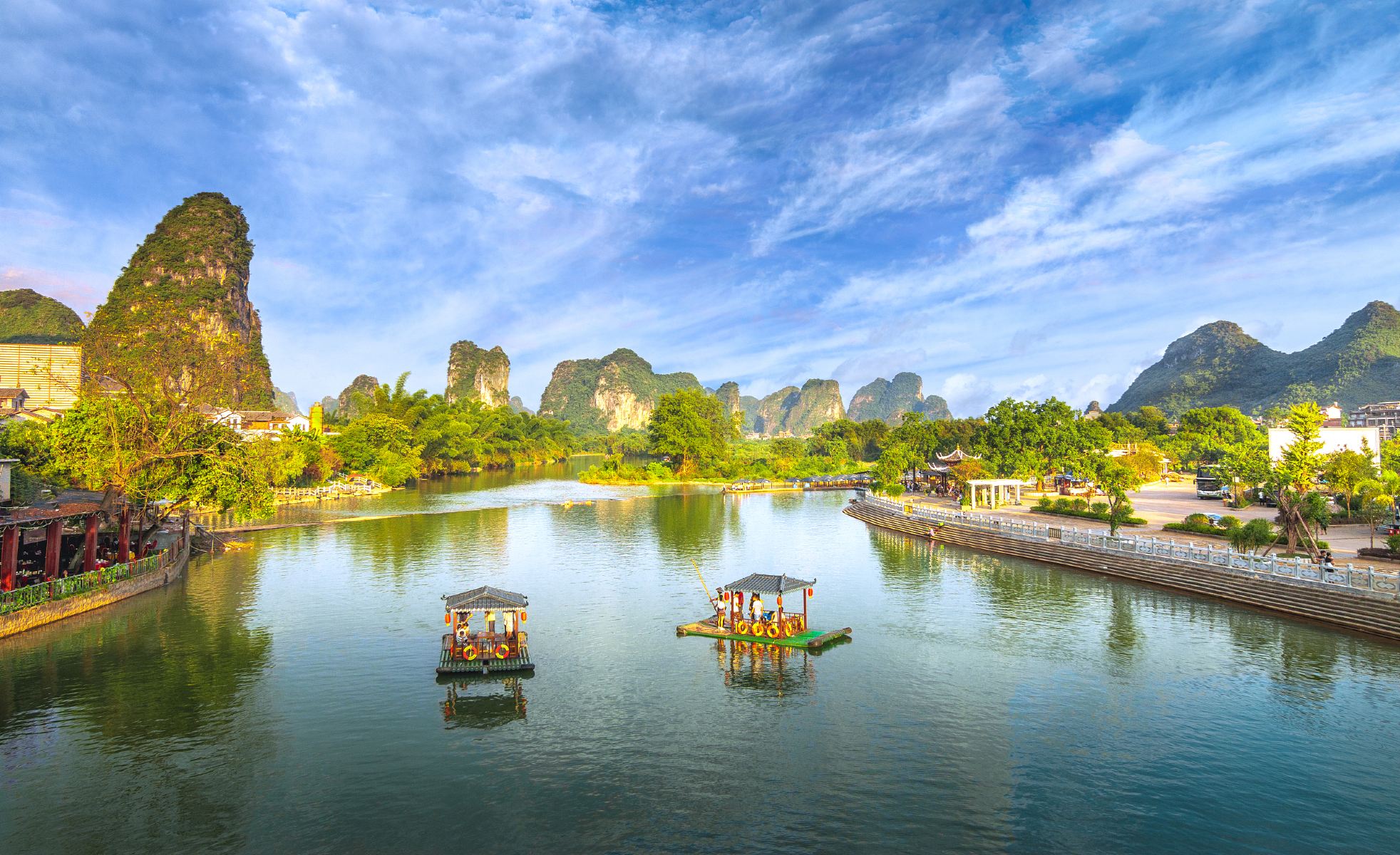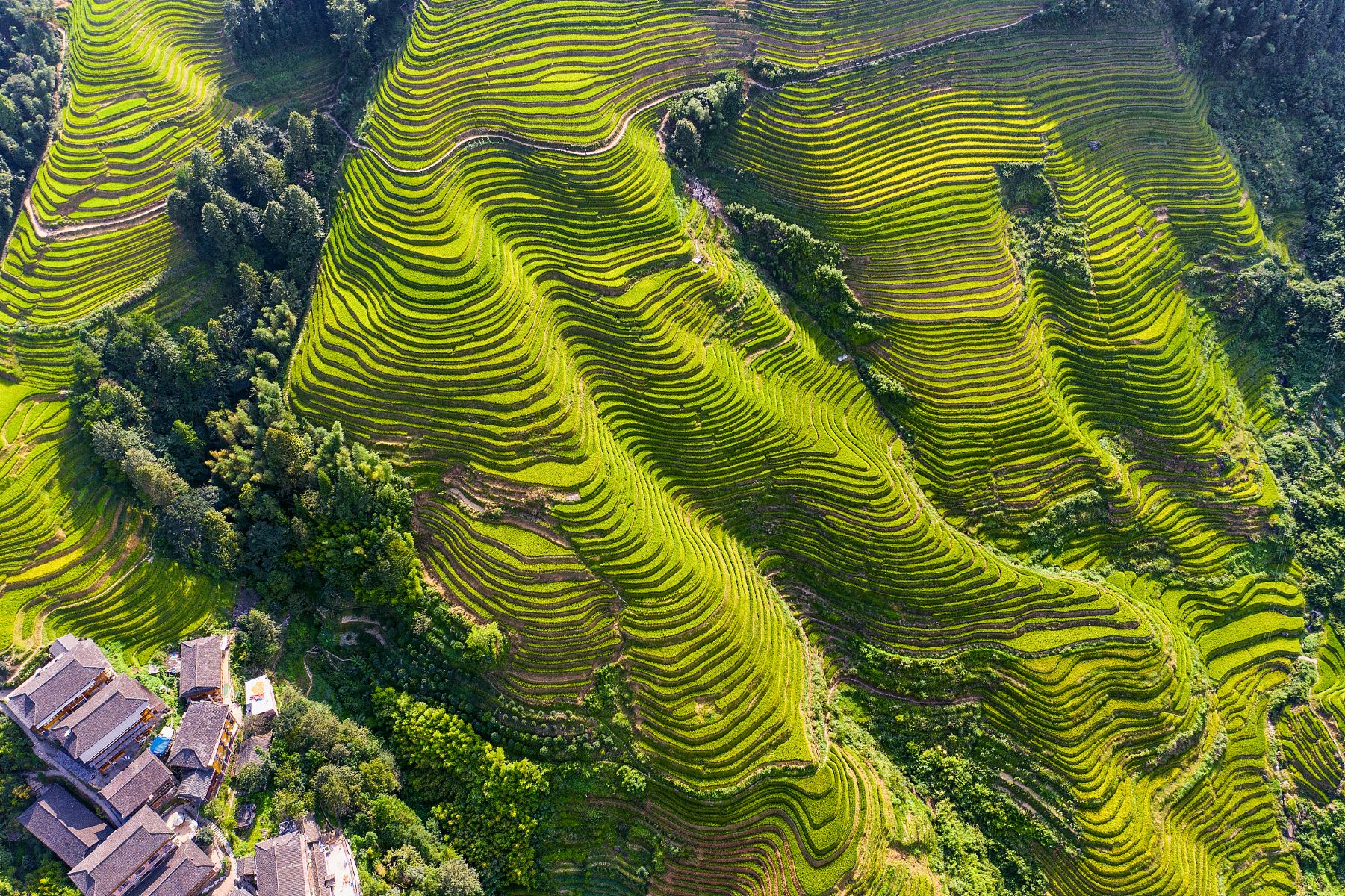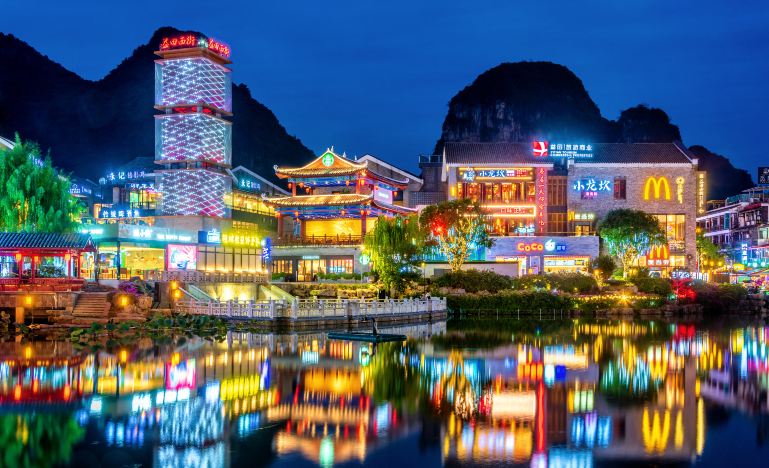- 1
- 1
- 1
- 1
- 3
- 1
- 1
- 1
- 1
- 1
- 1
- 1
- 1
- 1
- 1
- 1
- 1
- 2
- 1
- 1
- 1
- 3
- 1
- 1
- 1
- 1
- 1
- 1
- 1
- 2
Guangxi
Guangxi, officially the Guangxi Zhuang Autonomous Region, is an autonomous region of the People’s Republic of China, located in South China and bordering Vietnam (Hà Giang, Cao Bằng, Lạng Sơn, and Quảng Ninh Provinces) and the Gulf of Tonkin. Formerly a province, Guangxi became an autonomous region in 1958. Its current capital is Nanning.
Guangxi’s location, in mountainous terrain in the far south of China, has placed it on the frontier of Chinese civilization throughout much of Chinese history. The current name “Guang” means “expanse” and has been associated with the region since the creation of Guang Prefecture in 226 AD. It was given provincial level status during the Yuan dynasty, but even into the 20th century, it was considered an open, wild territory. The abbreviation of the region is “桂” (Hanyu pinyin: Guì; Zhuang: Gvei), which comes from the name of the city of Guilin, the provincial capital during both the Ming dynasty and the Qing dynasty.
Guangxi contains the largest population of China’s ethnic minorities after Yunnan, in particular, the Zhuang people, who make up 34% of the population. Various regional languages and dialects such as Pinghua, Zhuang, Kam, Cantonese, Hakka, and Min are spoken alongside Mandarin Chinese.





